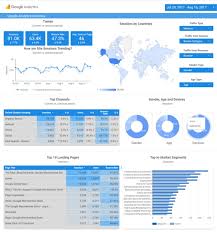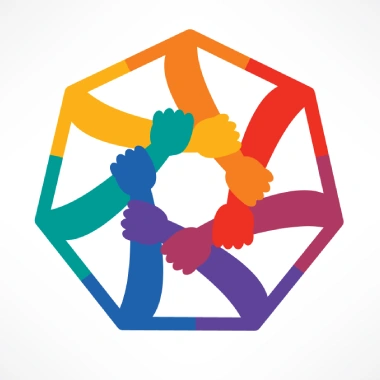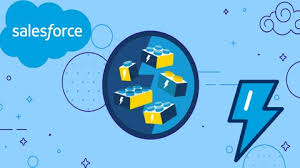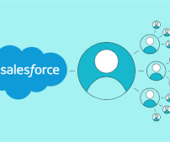Agentforce: Modernizing 311 and Case Management
Join Tectonic for an informational webinar on Salesforce Agentforce, Modernizing 311 services, and Case management. In this webinar you will hear: For more information fill out the contact us form below or reach out to the Public Sector team PublicSector@GetTectonic.com Get ready for the Next Frontier in Enterprise AI: Shaping Public Policies for Trusted AI Agents! AI agents are a technological revolution – the third wave of artificial intelligence after predictive and generative AI. They go beyond traditional automation, being capable of searching for relevant data, analyzing it to formulate a plan, and then putting the plan into action. Users can configure agents with guardrails that specify what actions they can take and when tasks should be handed off to humans. Agentic AI is already here. Innovative organizations have started deploying and benefitting from AI agents in concrete ways. However, for governments, enterprises, and the workforce to be able to harness the full potential of AI agents, they will need more than just the right technology; they will need the right public policies to help them become agent-ready. At a time when global policymakers seek pathways to economic growth, the advent of AI agents offers a unique opportunity to think deeply about the policies that will enable the diffusion of trusted AI in government and the enterprise, and equip the workforce with the necessary skills to unlock AI’s full potential for enhanced productivity and more meaningful work. AI agents build on earlier innovations, including chatbots and AI assistants. These all play a role in task automation; however, there are differences in their levels of sophistication and personalization in serving their users and the range of tasks they can perform. Key considerations for AI agents: Government services as a role model for agentic AI and humans together Governments today face ever-increasing pressures to serve citizens with constrained resources. Research surveying people in over 40 countries has shown that 75% expect government service quality to be on par with leading private sector companies, while 72% are comfortable with personalized government digital services. Amidst these pressures, there is clear demand for trusted innovative tools from government workers themselves – a recent survey across 14 countries estimated that 49% of government workers have used unapproved generative AI tools at work. Governments have enormous opportunities to safely leverage AI agents – in particular their speed, responsiveness, personalization – to enhance citizen-facing services. For example, if a citizen wants to check on the status of their application for a license or a public benefit, an agent-powered interface could at any hour assist them in ascertaining the status of their application, locate public information on policies and application procedures, or schedule an appointment to access a related service. These interactions would have previously taken the citizen far longer, required valuable government employee time, may have only been available during business hours, or been left undone altogether. By deploying agents in these contexts governments can make the most of their limited resources while building citizen satisfaction with and trust in services. In addition to leading by example in digital transformation, governments can play a pivotal role in boosting diffusion of trusted AI solutions, including AI agents, in the private sector. As governments search for new ways to promote economic growth and combat inflation, this is a key moment for national economies. The rapid development and commercialization of AI tools have created opportunities for businesses large and small around the world to rapidly become more productive and gain a competitive edge by adopting frontier technologies. But to achieve the benefits, businesses need to overcome resource constraints, rapidly acquire new commercial knowledge and practical skills, and have regulatory clarity. For governments to position their businesses for success, they need to set ambitious goals and identify and remedy the blockers that hold back the uptake of new technologies by enterprises. For the past 25 years, Salesforce has led their customers through every major technological shift: from cloud, to mobile, to predictive and generative AI, and, today, agentic AI. We are at the cusp of a pivotal moment for enterprise AI that has the opportunity to supercharge productivity and change the way we work forever. This will require governments working together with industry, civil society, and all stakeholders to ensure responsible technological advancement and workforce readiness. We look forward to continuing our contributions to the public policy discussions on trusted enterprise AI agents. Like1 Related Posts Salesforce OEM AppExchange Expanding its reach beyond CRM, Salesforce.com has launched a new service called AppExchange OEM Edition, aimed at non-CRM service providers. Read more The Salesforce Story In Marc Benioff’s own words How did salesforce.com grow from a start up in a rented apartment into the world’s Read more Salesforce Jigsaw Salesforce.com, a prominent figure in cloud computing, has finalized a deal to acquire Jigsaw, a wiki-style business contact database, for Read more Service Cloud with AI-Driven Intelligence Salesforce Enhances Service Cloud with AI-Driven Intelligence Engine Data science and analytics are rapidly becoming standard features in enterprise applications, Read more



















